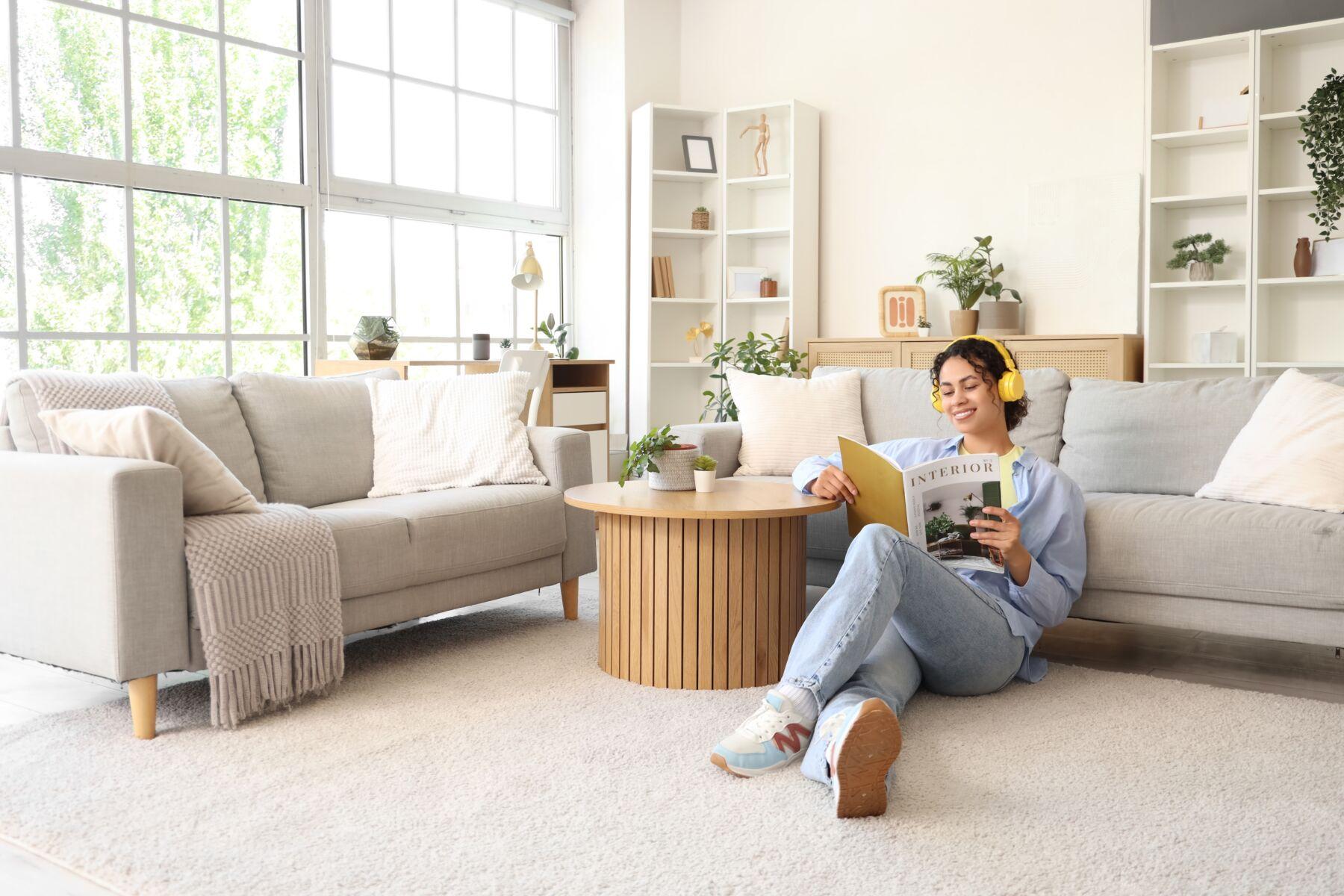In the wake of the pandemic and with inflation higher than it has been in years, the housing crisis is at an all-time high across the nation, and Americans with the lowest incomes are taking the biggest hit. Boosting the supply of safe, affordable housing has never been more important.
Even before COVID-19, our country fell short of 7 million affordable homes for low-income families. A full-time employee must earn at least $20.40 an hour to afford a modest one-bedroom home—a number far too high for many Americans to spend on housing. It’s estimated that there are 7.5 million low-income renters who spend more than half of their income on housing every month.
While state legislatures, nonprofit organizations, and local leaders are pursuing a variety of solutions to their housing problems, the bottom line is simple: people that work in the community should be able to live in the community, and PadSplit has found a way to do just that, with the help of property owners in cities across the country, who we call PadSplit hosts.
In just four years, PadSplit has proven that its shared housing model is fostering financial empowerment and opening the door to new opportunities for its members—it has become the country’s largest shared housing marketplace for the workforce.
PadSplit rethinks the co-living concept by providing all-inclusive rooms designed for flexible, long-term rental that include furniture, utilities, and access to public transit. Without the pressure of supplying a credit score or security deposit, members can find a place to live with personalized rental payments so they can focus on finding financial freedom. Richmond mayor Levar Stoney notes, “Housing is a vaccine for poverty,” and we couldn’t agree more.
In addition to helping local communities combat the housing crisis, PadSplit hosts can boost their monthly revenue using our innovative co-living model. Read through the many perks of PadSplit here.


